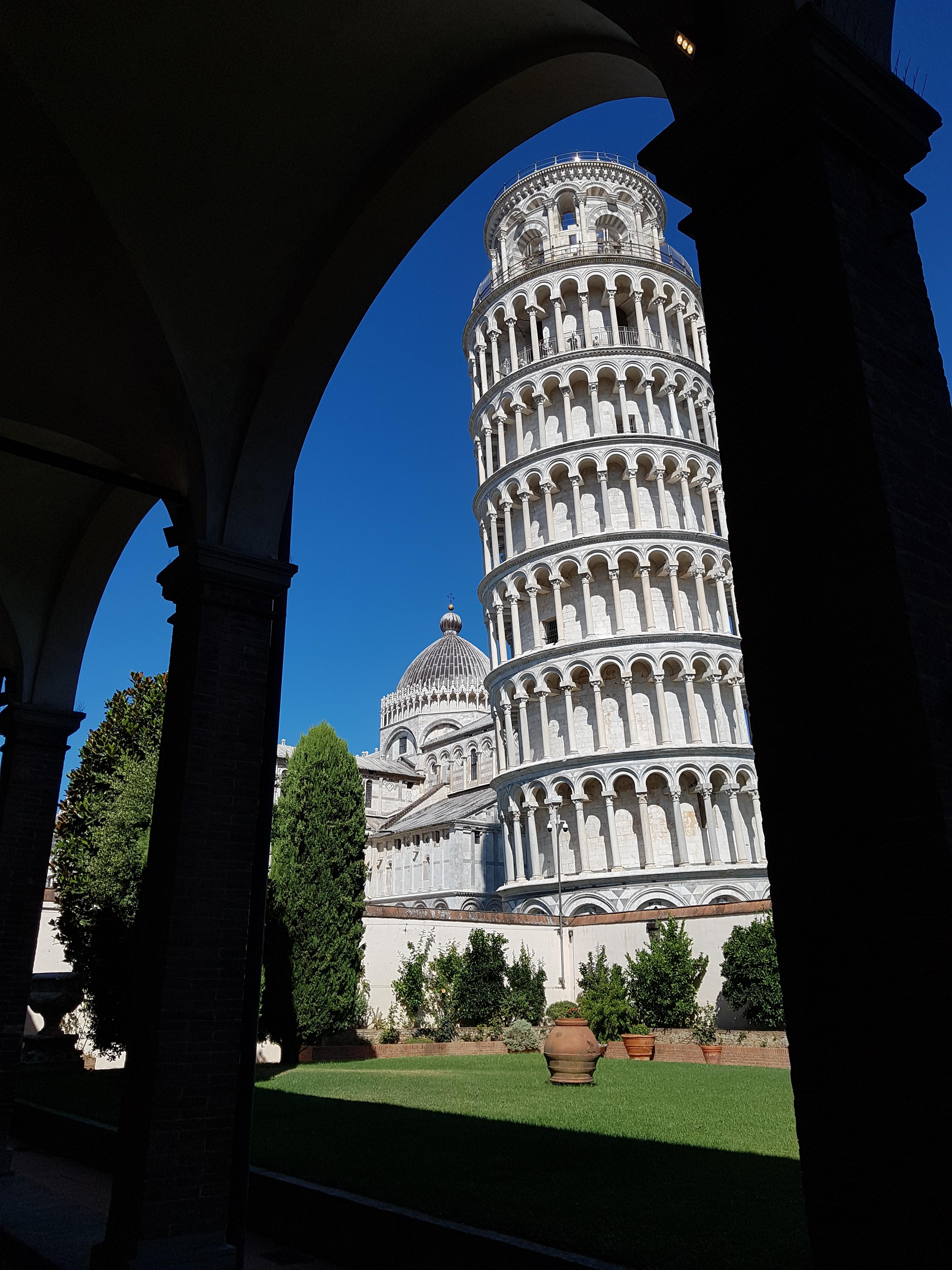[ad_1]

The Tower of Pisa, also known as the Leaning Tower of Pisa, is a famous bell tower located in Pisa, Italy. It is best known for its distinctive lean, caused by an unstable foundation that started sinking during construction in the 12th century. The tower leans at an angle of over four degrees, making it one of the most recognizable landmarks in the world.
While the tower’s lean may seem like a flaw, some see it as an architectural marvel that sets it apart from other structures. The asymmetrical design of the tower creates a unique and captivating visual perspective that has drawn visitors from around the globe. Despite numerous efforts to straighten the tower over the years, including adding counterweights and reinforcing the foundation, it continues to lean and is now considered safe for visitors to climb.
The Tower of Pisa is part of the Piazza dei Miracoli, a UNESCO World Heritage site that also includes the cathedral, baptistery, and cemetery. The tower was originally intended to be a symbol of prestige and power for the city of Pisa, but its unintended lean has made it a symbol of human fallibility and the unpredictability of architectural endeavors.
Visitors to the Tower of Pisa can climb the 294 steps to the top for a panoramic view of the city and surrounding area. Despite its lean, the tower remains a popular tourist attraction and an enduring symbol of Italy’s rich history and cultural heritage.
